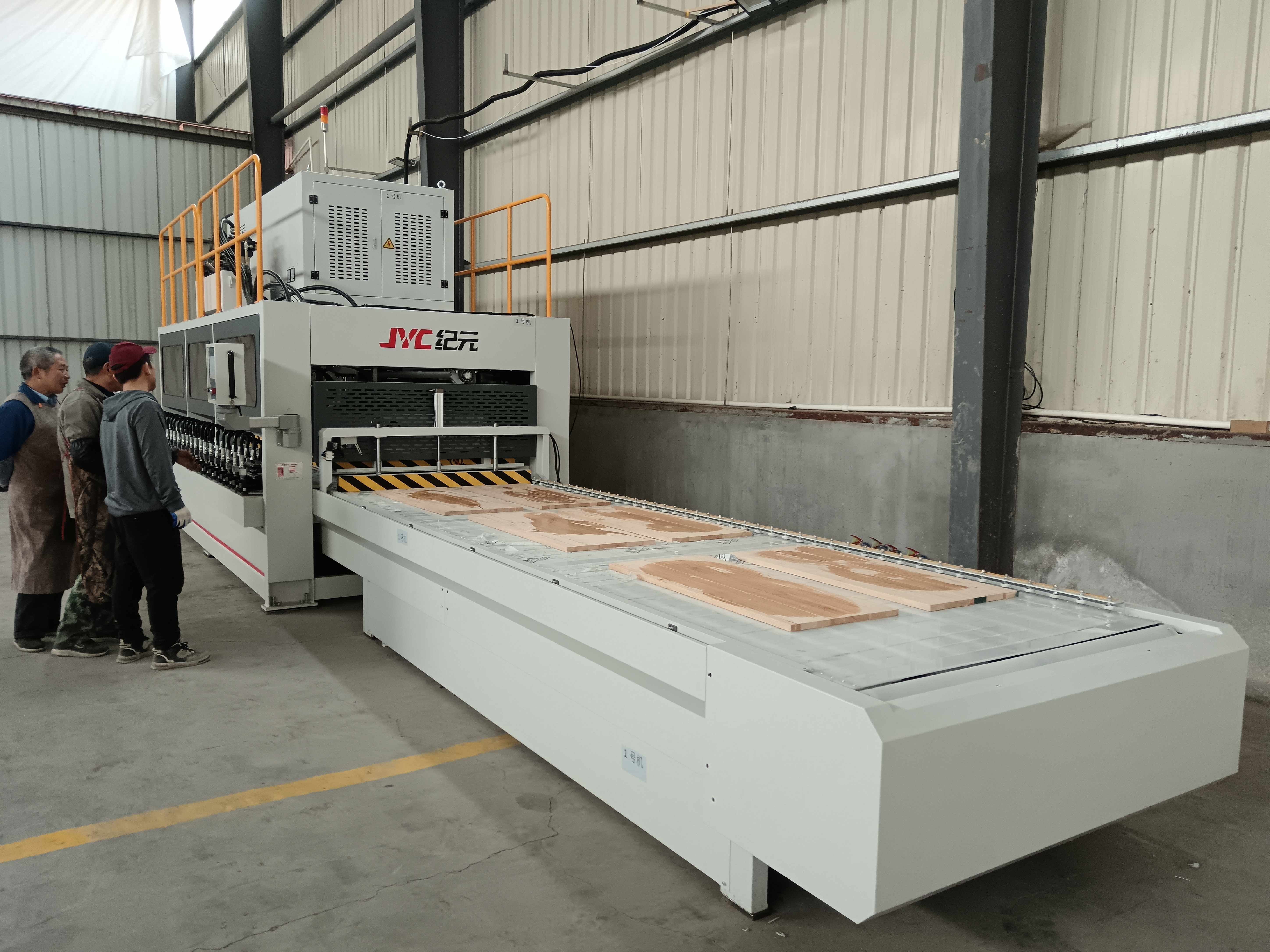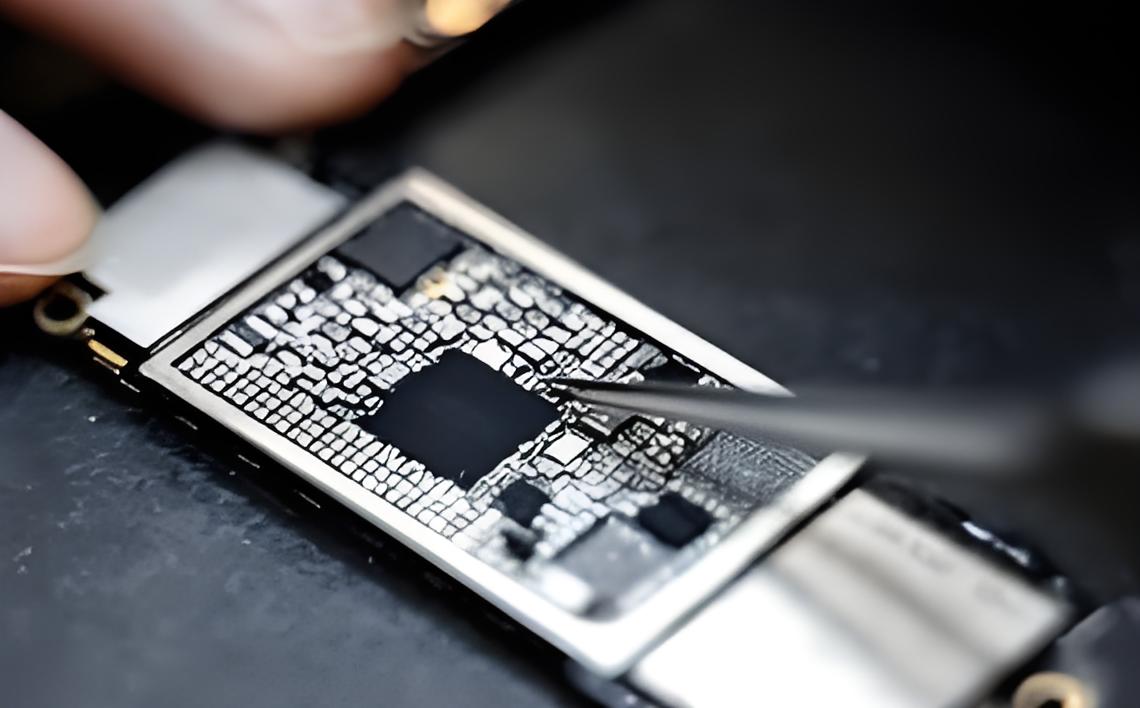In the fast-evolving world of construction equipment, technology plays a pivotal role in improving efficiency, safety, and performance. One of the key innovations driving this progress is High-Density Interconnect (HDI) PCB design. But why are HDI PCBs so significant in construction equipment? Simply put, HDI PCBs enable miniaturization, enhance reliability, and support advanced features in the compact, rugged electronics used in heavy machinery. This blog dives deep into the importance of HDI PCB design, construction equipment PCB miniaturization, and advanced PCB technology, exploring how these elements transform the industry.
What Are HDI PCBs and Why Do They Matter?
High-Density Interconnect (HDI) PCBs are advanced printed circuit boards with a higher wiring density per unit area compared to traditional PCBs. This means they can pack more components into a smaller space, thanks to finer lines, smaller vias, and denser connections. According to industry standards like IPC-2226, HDI PCBs are defined by their ability to achieve greater functionality in compact designs, often using microvias and buried or blind vias.
In construction equipment, where space is often limited and durability is critical, HDI PCBs are a game-changer. They allow manufacturers to create smaller, lighter control systems without sacrificing performance. Whether it's a GPS module in an excavator or a sensor system in a bulldozer, HDI technology ensures that complex electronics fit into tight spaces while maintaining high reliability under harsh conditions like vibration, dust, and extreme temperatures.
The Role of HDI PCB Design in Construction Equipment
Construction equipment relies heavily on electronic systems for operation, monitoring, and safety. From hydraulic control units to telematics systems, these machines need robust and compact electronics. HDI PCB design addresses several critical needs in this sector:
1. Space Efficiency Through Miniaturization
Construction equipment often operates in confined spaces, and the electronics must fit within small control panels or enclosures. HDI PCBs support construction equipment PCB miniaturization by allowing more components to be placed on a single board. For instance, a typical HDI PCB might use microvias as small as 0.1 mm in diameter, compared to 0.3 mm or larger in standard PCBs, enabling up to 60% size reduction in some designs.
This miniaturization directly impacts the design of equipment like compact loaders or drones used for site mapping. Smaller PCBs mean lighter systems, which can improve fuel efficiency and ease of installation.
2. Enhanced Reliability in Harsh Environments
Construction sites are tough on electronics. Equipment faces constant vibration, temperature swings from -40°C to 85°C, and exposure to moisture or dust. HDI PCBs are built to withstand these conditions due to their high-quality materials and precise manufacturing processes. The use of advanced laminates and tighter trace spacing (often below 100 micrometers) reduces the risk of signal loss or board failure, ensuring consistent performance.
3. Support for Advanced Features
Modern construction equipment often includes smart features like real-time data tracking, automated controls, and predictive maintenance systems. These require high-speed signal transmission and complex circuitry, which HDI PCBs can handle. With signal integrity maintained at speeds up to 10 Gbps in some designs, HDI technology supports the integration of IoT devices and sensors into machinery.

Construction Equipment PCB Miniaturization: A Closer Look
Miniaturization is not just about making things smaller; it's about making them better. Construction equipment PCB miniaturization, enabled by HDI technology, offers several benefits that directly impact the efficiency and cost-effectiveness of machinery.
1. Reduced Weight and Improved Portability
Heavy machinery benefits from lighter components, as even a small reduction in weight can improve fuel efficiency. By shrinking the size of PCBs, manufacturers can reduce the overall weight of electronic systems. For example, a control module that once weighed 500 grams might now weigh just 300 grams with an HDI PCB, contributing to better energy use and easier handling.
2. Cost Savings in Material and Assembly
While HDI PCBs can be more expensive to produce initially due to their complexity, they often lead to cost savings in the long run. Smaller boards require less material, and their compact design can reduce the number of layers needed in a PCB stack-up. This means fewer resources and simpler assembly processes for large-scale production of construction equipment electronics.
3. Integration of Multiple Functions
Miniaturized HDI PCBs allow multiple functions to be integrated into a single board. For instance, a single HDI PCB in a crane might handle power management, sensor data processing, and wireless communication—all in a space smaller than a smartphone. This integration reduces the need for multiple boards, cutting down on wiring and potential points of failure.

Advanced PCB Technology: Powering the Future of Construction Equipment
Beyond HDI PCB design and miniaturization, advanced PCB technology is shaping the future of construction equipment. These innovations ensure that machinery keeps up with the demands of modern infrastructure projects, from smart cities to sustainable building practices.
1. High-Speed Data Transmission
As construction equipment becomes more connected, the need for high-speed data transmission grows. Advanced PCB technology, including HDI designs, supports faster signal speeds with minimal interference. For example, impedance control in HDI PCBs can be maintained at 50 ohms ±10%, ensuring reliable data transfer for real-time monitoring systems.
2. Thermal Management for Longevity
Electronics in construction equipment often operate under high thermal stress. Advanced PCB technologies incorporate thermal vias and heat-dissipating materials to manage temperatures effectively. This extends the lifespan of components, reducing downtime and maintenance costs for equipment operators.
3. Compatibility with Emerging Technologies
The rise of automation and AI in construction equipment demands PCBs that can support cutting-edge tech. HDI PCBs are compatible with advanced chipsets and microcontrollers needed for autonomous machinery or predictive analytics. This ensures that equipment stays relevant as industry trends shift toward smarter, data-driven solutions.

Challenges in Implementing HDI PCBs in Construction Equipment
While the benefits of HDI PCBs are clear, there are challenges to consider during implementation. Understanding these hurdles helps manufacturers and engineers make informed decisions when adopting this technology.
1. Higher Initial Design and Manufacturing Costs
HDI PCBs require specialized design software and manufacturing processes, which can increase upfront costs. For example, creating microvias with laser drilling is more expensive than traditional mechanical drilling. However, the long-term benefits of reliability and space savings often outweigh these initial expenses.
2. Need for Skilled Expertise
Designing and assembling HDI PCBs demands a high level of expertise. Engineers must account for tight tolerances, signal integrity, and thermal constraints. Partnering with experienced PCB providers ensures that these challenges are addressed effectively.
3. Testing and Validation in Harsh Conditions
Construction equipment operates in extreme environments, so HDI PCBs must undergo rigorous testing. This includes vibration tests (up to 20G in some cases) and thermal cycling to simulate real-world conditions. Proper validation ensures that the boards perform reliably over time.
How to Choose the Right HDI PCB for Construction Equipment
Selecting the right HDI PCB for construction equipment involves several key considerations. Here are some practical tips for engineers and manufacturers:
- Focus on Durability: Choose materials that withstand harsh conditions, such as high-Tg FR-4 or polyimide for extreme temperatures.
- Prioritize Signal Integrity: Ensure the PCB design maintains consistent impedance for high-speed applications, especially in connected equipment.
- Consider Layer Count: Opt for multi-layer HDI designs (6-12 layers or more) to accommodate complex circuitry in a compact footprint.
- Work with Trusted Partners: Collaborate with PCB providers who understand the unique needs of construction equipment electronics.
Conclusion: The Future of HDI PCBs in Construction Equipment
High-Density Interconnect (HDI) PCBs are revolutionizing the construction equipment industry by enabling miniaturization, enhancing reliability, and supporting advanced features. Through HDI PCB design, construction equipment PCB miniaturization, and advanced PCB technology, manufacturers can build smarter, more efficient machinery that meets the demands of modern projects. As technology continues to advance, the role of HDI PCBs will only grow, driving innovation in everything from autonomous equipment to sustainable construction practices.
By embracing these advancements, the construction industry can achieve greater productivity and safety, ensuring that equipment keeps pace with the challenges of tomorrow. Whether you're designing a compact control system or integrating IoT solutions, HDI PCBs offer the foundation for success in this dynamic field.



